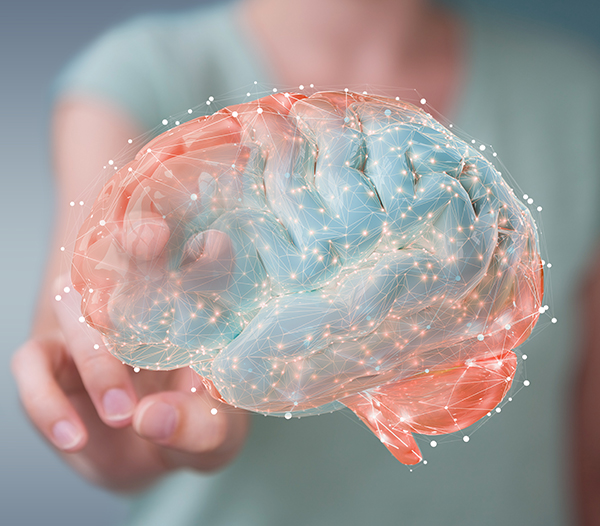Parkinson’s/neurological disorder research
PBM Therapy
In 2008, the researchers in Wisconsin, US discovered that PBM (photobiomodulation) is effective on Parkinson’s ( Liang et al., 2008 ). Click to view
Afterwards, researchers in Australia, France and Switzerland published numerous research studies that PBM can reduce the symptoms of MPTP and/or 6-OHDA and alpha-synuclein in the animal model with Parkinson’s (Johnstone et al., 2016 ). Click to view

In 2016, the study on PBM having an effect on monkey model with Parkinson’s has been published in the Annals of Neurology in the American Journal of Neurology. Click to view
In this study, optical fiber devices with visible red light (670 nm) were planted in the brain and MPTP injections were given for a week. In this treatment, the majority of monkeys reversed the symptoms. ( Darlot et al., 2016 ).
Red light (670 nm) was used in this study, but near-infrared light (810 nm) was also used in other studies. Usually light is administered either as a span or as a straight line to the head through percutaneous fibers, but one study suggests that it has a remote neurological protection effect on the brain and that photobiotics may be better represented. ( Johnstone et al., 2014 , Kim et al 2017 ).
Hydrogen Inhalation Therapy
Parkinson's disease is a neurological disorder caused by a lack of dopamine in the brain. Major symptoms include tremors in hands and feet, slow movement, and muscle stiffness, which often combine and develop dementia. There are many symptoms after 40 to 50 years of age and they are classified as incurable diseases. Studies have been conducted in Japan, the United States, and China on whether molecular hydrogen, a powerful antioxidant, inhibits the progression of brain diseases such as Parkinson.
Therapeutic Effects of Hydrogen in Animal Models of Parkinson's Disease Click to view
It is strongly suggested that hydrogen might provide a great advantage to prevent or minimize the onset and progression of Parkinson’s. (Kyota Fujita,1 Yusaku Nakabeppu,2 and Mami Noda Parkinsons Dis. 2011; 2011: 307875. 2011 Apr 26)
Disclaimer: This content consists of medical papers and academic information and is not intended to diagnose,
treat diseases, or replace a doctor's advice, and all outcomes may vary from person to person.
-
BAHI Therapy
-
Immune Care Magazine
-
Research/Education
-
Find the center
-
About Hue Light
-
Product Site
-
Hue Light USA


 English
English